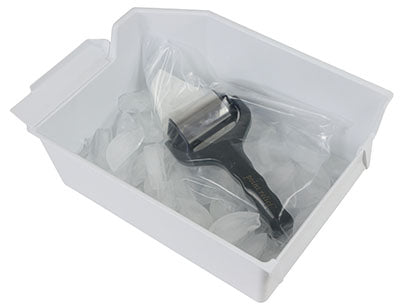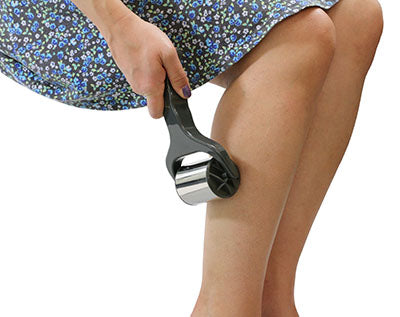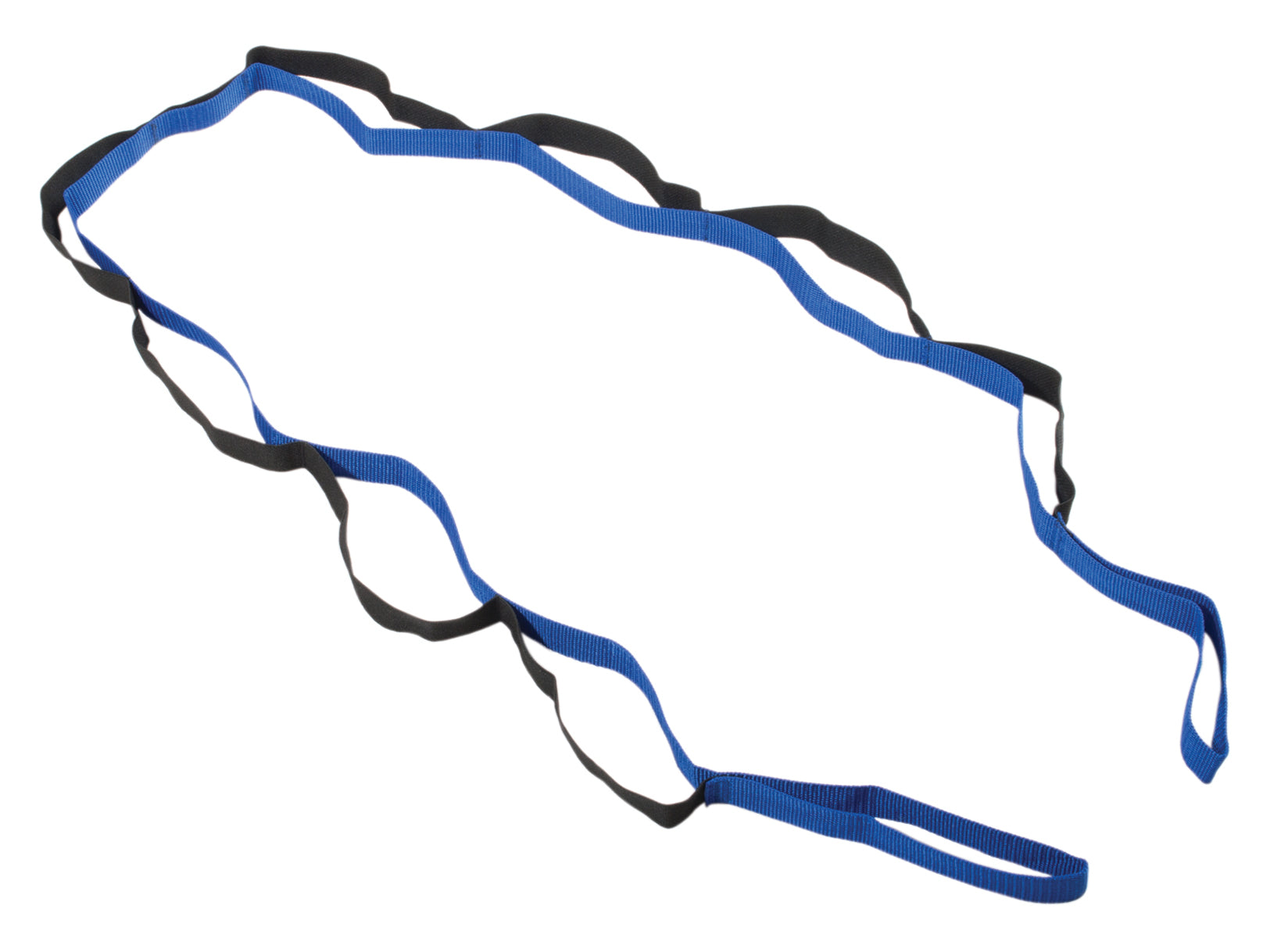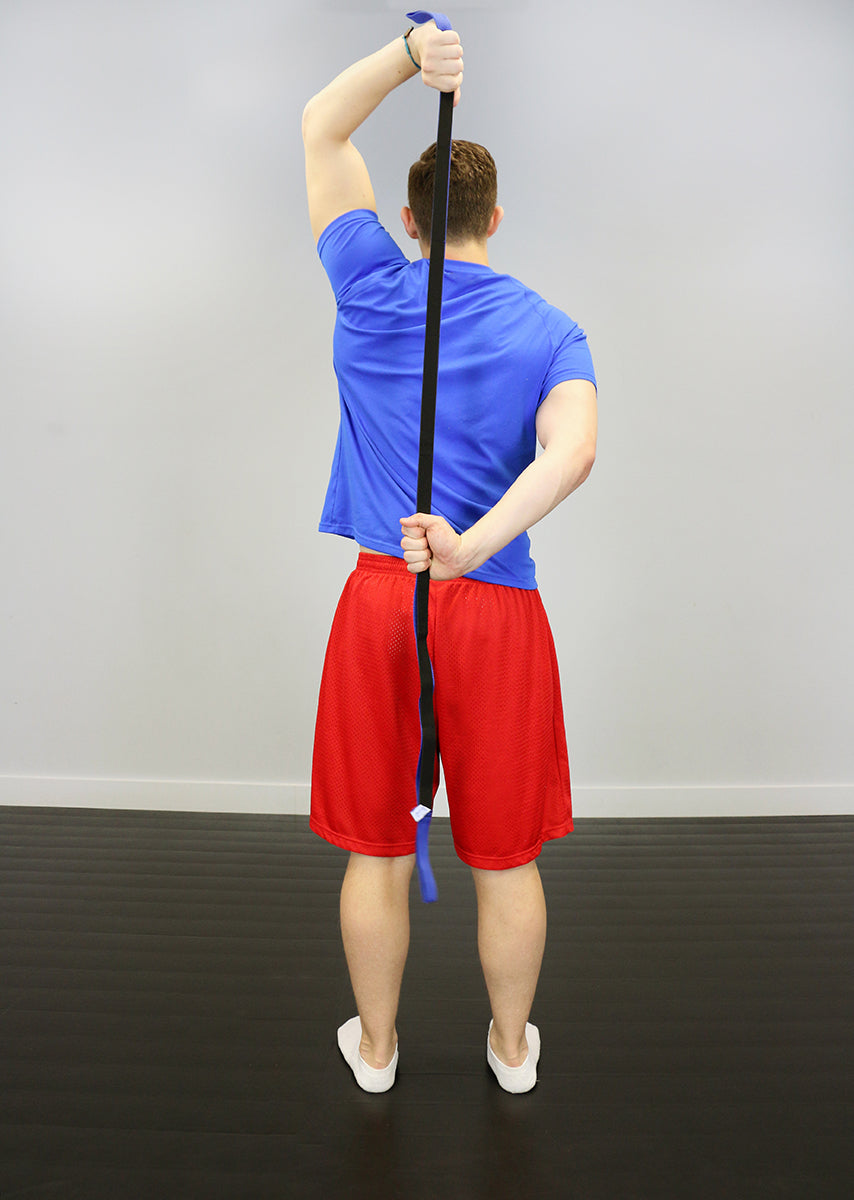My wife is convinced that it is my goal to break something when I go extreme rock crawling and off-roading. While she isn’t right, she isn’t entirely wrong.
A big piece of the rock crawling/off-roading sport for me is trying to anticipate every failure point and then find a way to make it unbreakable. The goal is to make it out unscathed, but you never find out if you succeeded or what you overlooked unless you push past the limits. Training isn’t much different. The exception is that you try to stay within the limits or you risk actually breaking your body. It is the same that we try to anticipate failure points and build an unbreakable machine of a body.
You constantly analyze your body’s strengths, weaknesses, imbalances, and technical flaws, then develop a strategic game plan to address them. This plan is tested at a meet or in the gym testing a new PR. Good lifters gather more information from these testing experiences and go back to the drawing board to begin anew and make the machine even better.
The goal during this process is never to break the body, but it does occasionally happen. This is when the journey goes wrong or ends for most people.
When I break down four-wheeling, I don’t sit and wait to be rescued. I don’t wait for my rig to be delivered to my shop and sit in the dark and med it myself. These breakdowns are when the real work begins: field welds, JB welding, Ujoints, removing axle shafts or drivelines, or even strapping a tree to where you tired used to be to function as a skid. You put temporary patches in place so that you can triage the situation and get to a point where you’re capable of doing the real fixes.
How did you get strong to begin with? How did you make your body perform better? You used movement and progressively loaded it. Why then should your methods change when you’re broken? The rules don’t change. More damage is done by inactivity. When reaching past our capabilities and injuring ourselves, do we finally realize how much work is really involved in realizing full potential? With that realization, does the injury then allow for an excuse, an easy out before the real work begins?
I believe, to many, it is an excuse. For others, it’s a lack of knowledge. Through the years, I have met many people that were as strong as I am before their debilitating (back, knee, shoulder, etc.) injury derailed their lifting careers. They were great, until an injury assigned them a life of mediocrity in television watching, beer drinking, and belly growing.
A lot of people reading this probably think that I’m simply young and haven’t suffered like others have. But I have. I have herniated multiple discs, ripped three muscles from the bone, had numerous muscle tears, and can give you a long list of “career ending” injuries I have worked through. I have coached a number of other athletes to overcome herniated discs and hit PRs within months. Some have even competed on the national stage within weeks or months of this type of trauma. No matter what the injury, using consistent movement is always part of the rehab.
I do not suggest old school push through the pain. This approach is a downward spiral. Just as with the off-road analogy, mitigate the damage first and then move to fixing the problem:
- Modify movement to prevent worsening.
- Push limits of movement but not into pain.
- Increase movement in progressive manner but not into pain.
- Being progressively loading movement but not into pain.
- Quality of movement must be of critical importance in every step.
Too many lifters look for an excuse or an easy way out. There is no easy way out. Believe there is a way, find the path, and then consistently do the work. Excuses and mediocrity are choices.
There are debilitating injuries. I challenge you to question just how broken you are, because I don’t think you’re as broken as you think are you.
Author’s Note: If you’re working on rehab, I suggest you do the work of finding a good specialist to help you. Quality movement is critical. Unfortunately, it is rare to find athletes or coaches that really know what that means, how to cue it, or how to coach it. Even among clinical specialists, this is not an everyday occurrence. For this reason, I will continue to be involved in publishing content and teaching directly via seminars and other methods.







































































